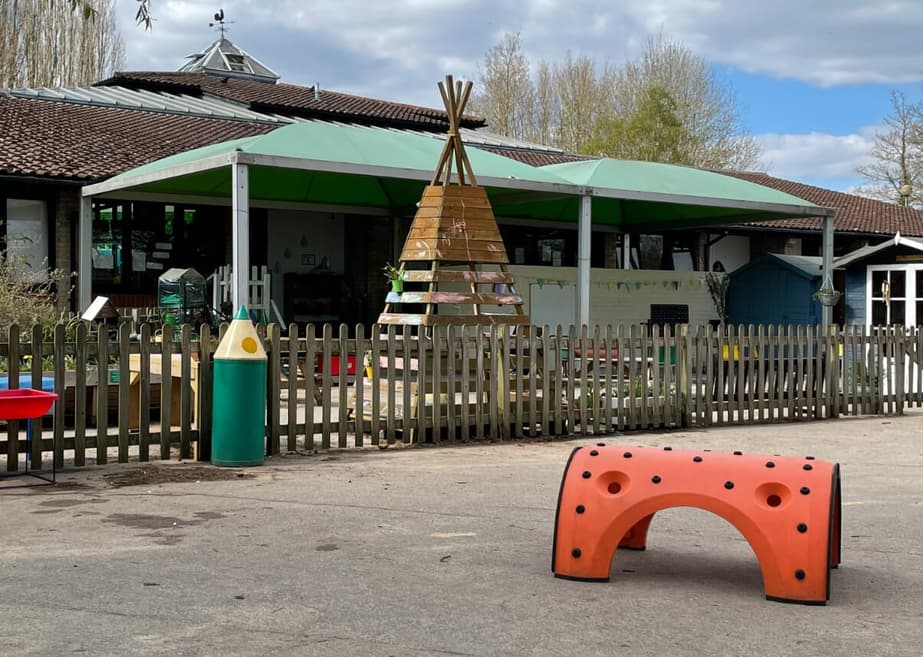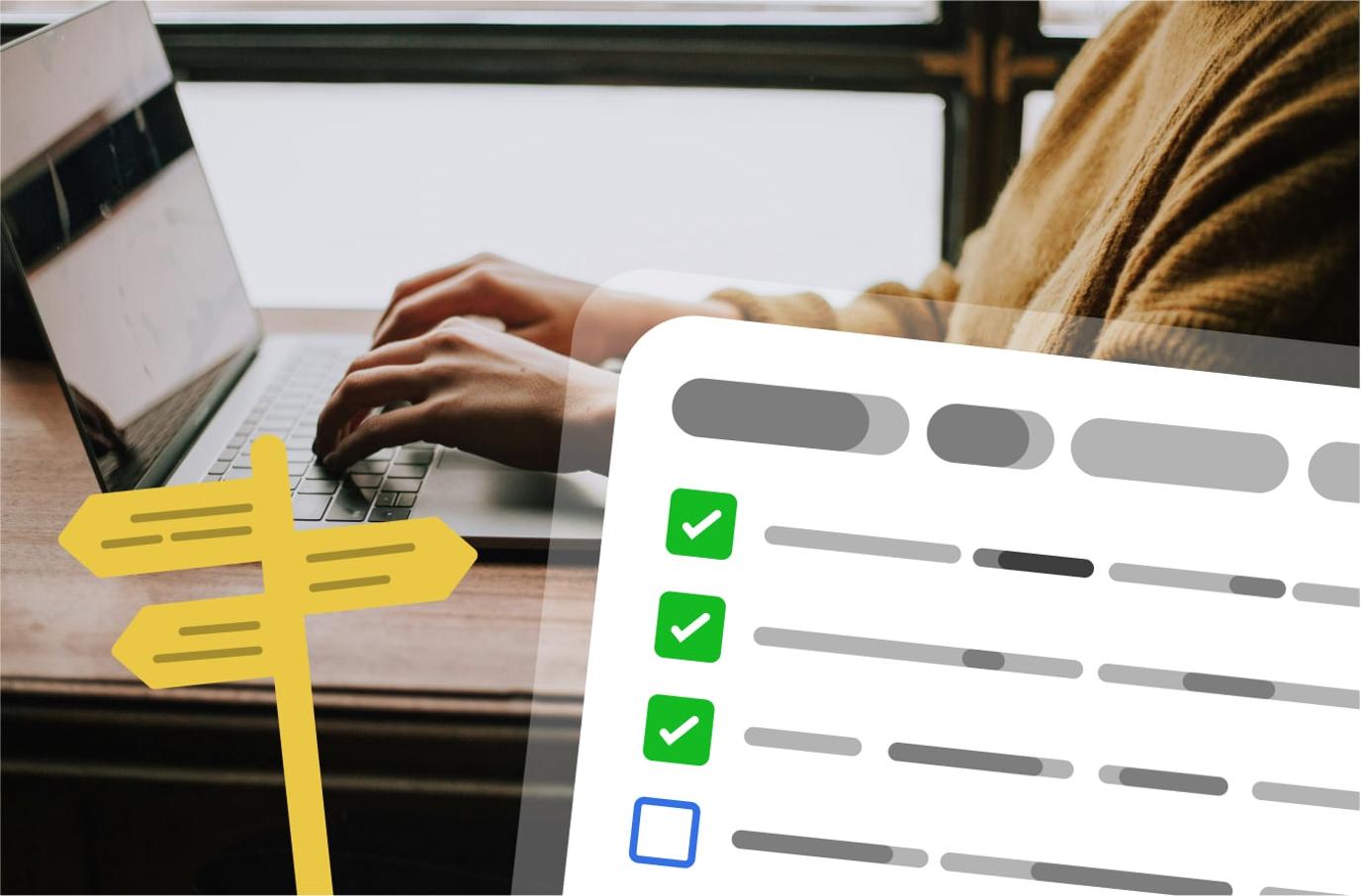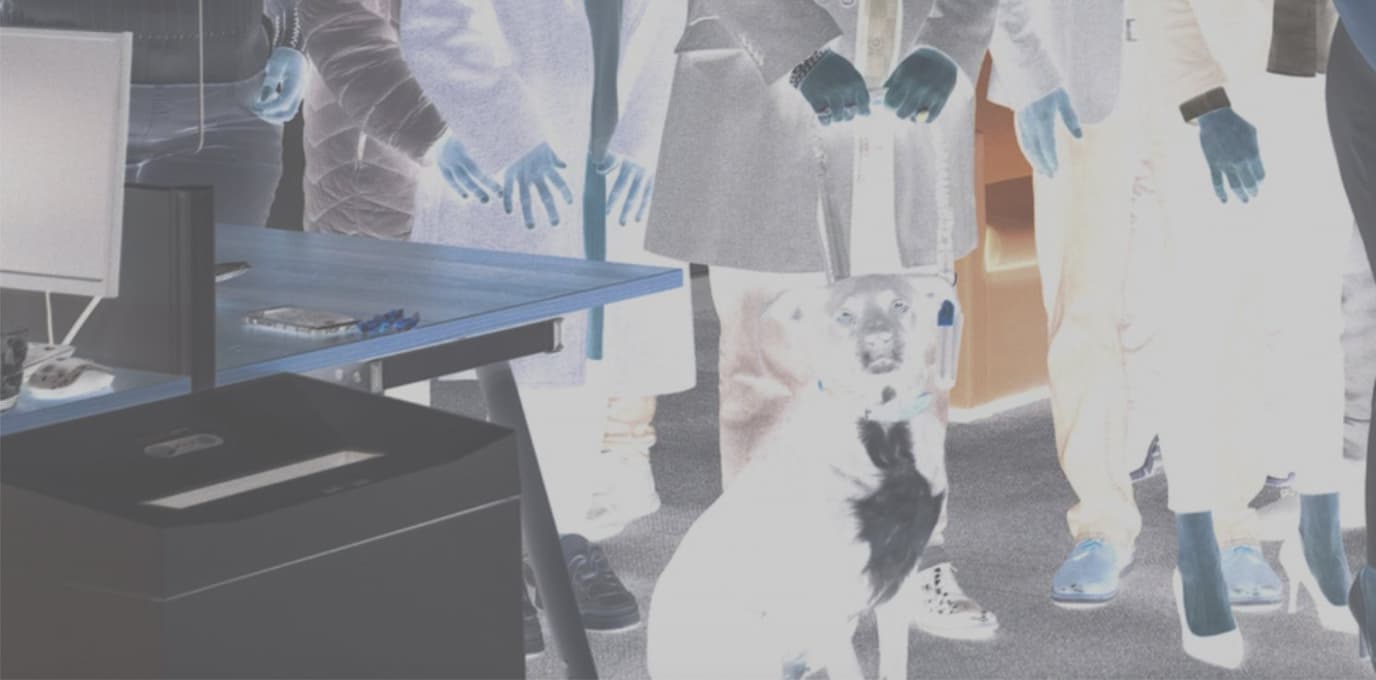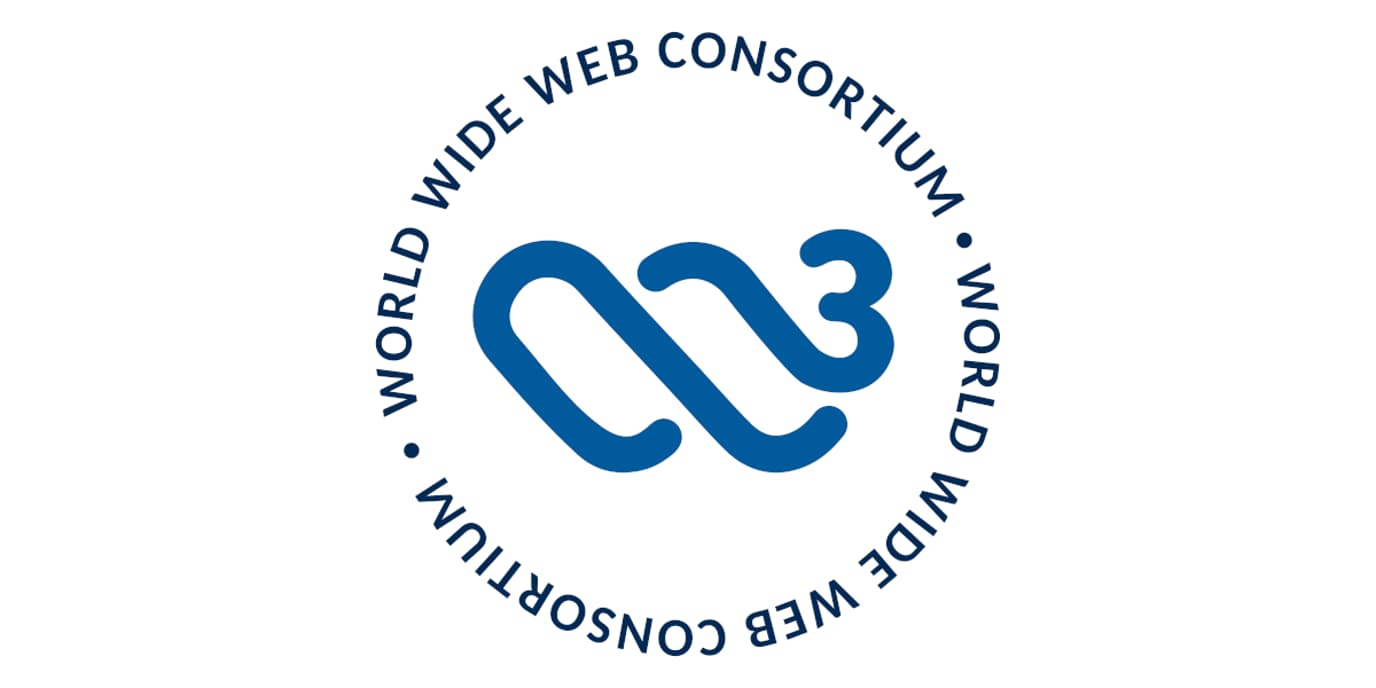Accessibility and sustainability aren't just best practice for education websites, they're essential to serving every student, parent, and staff member fairly and responsibly.

Education websites carry more responsibility than most. They don’t just deliver information, they support students, families, and staff in their day-to-day lives. That’s why accessibility and sustainability should be at the core of every school, college, and university website.
Accessibility is not optional for education websites
Having a disability or impairment isn’t a choice. So providing a website that works for everyone shouldn’t be optional either.
Whether it’s a student using a screen reader, a parent with limited mobility, or a staff member navigating the site with visual stress, accessibility needs are real, and they’re common.
Consider the everyday impact: can someone complete a form without using a mouse? Can they find term dates without guessing what “click here” means? These are not edge cases, they’re daily scenarios.
For education providers, the responsibility is clear: your website must work for everyone, every time. That means designing with accessibility in mind from the start, making a site inclusive by default.
Sustainability is a core value
Sustainability is about more than recycling bins; education providers are expected to lead by example, and that includes their digital footprint.
Every page load uses energy. Multiply that by thousands of visits per term, and the impact grows. Lighter pages, cleaner code, and fewer unnecessary scripts all reduce emissions. A sustainable website reflects your values and supports your environmental goals.
Furthermore, fast = efficient. A well-optimised site loads quickly even on older devices or patchy internet. That helps families who may not have access to the latest tech.
Build with purpose, teach by example
Accessible and sustainable websites are not “nice to have” extras. They’re a reflection of the values at the heart of education: inclusion, responsibility, and long-term thinking.
An accessible and sustainable site sends a message. It shows students that the organisation takes climate responsibility and equality seriously, and backs it up with action.
If your current website isn’t meeting these standards, or you’re not sure where to start, we can help.





